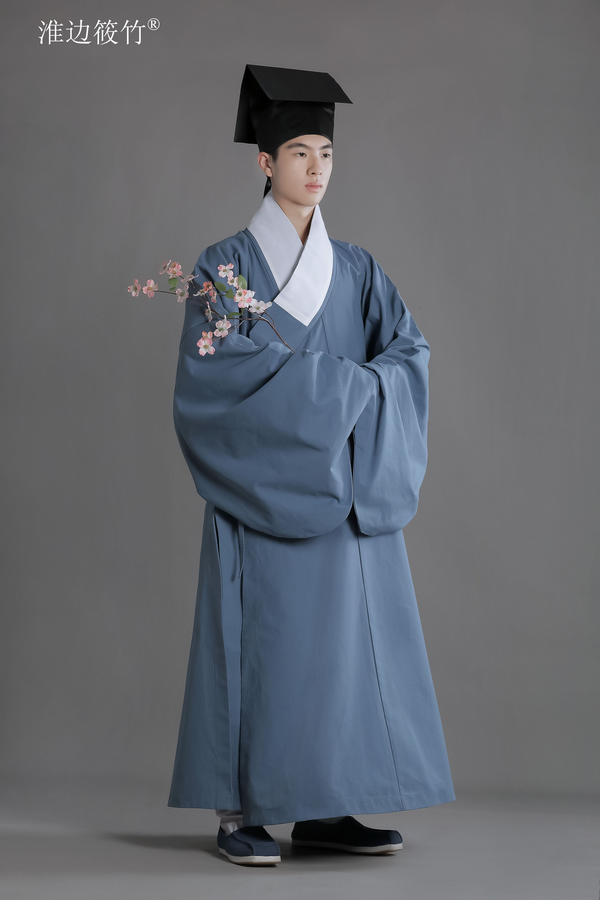

On March 6, Douyin E-commerce released the 2024 Douyin E-commerce Female Consumer Trend Data Report. It unveiled that in the past year, the order volume of horse-faced skirts — a type of hanfu, the traditional style of clothing worn by the Han people — among female users on Douyin, skyrocketed by 841 percent compared to the previous year.
"I've noticed that there are so many people wearing horse-faced skirts on the streets now, from young women to children; it's unbelievable," said Wang Zicheng, 23, a hanfu enthusiast.
He recalled that when he wore hanfu for the first time in 2018 at his coming-of-age ceremony, it was still a minority interest even among young people in China. Now, he is confident wearing it everywhere, even outside of China.
While studying at University College London, UK, and now at Boston University, US, Wang has taken pictures of himself wearing hanfu against the backdrop of iconic landmarks in various countries, such as Big Ben, the Egyptian pyramids, and the White House, illustrating a captivating blend of different cultures.

Wei Xiaobo, 33, noticed the same change. He is the owner of the Taobao store "Huaibian Xiaozhu", specializing in restored traditional hanfu. He founded the store in 2014 while at university and shifted to full-time entrepreneurship in 2019.
It was at that time that he noticed more general consumers were starting to rediscover the attire. "Previously, customers who came to the store to purchase hanfu were mainly fans of it and were familiar with the clothes and their associated terms," said Wei. "Around 2019, however, it was noticeable that many customers had only recently discovered it or had no prior knowledge of it."
Since then, sales at Wei's store have continued to climb, with another significant surge recorded in 2023. Currently, over 41 percent of his customers are between the ages of 18 and 25.
As a frontline practitioner, Wei experienced the impact of the hanfu trend on production lines. Previously, it was not easy to find Chinese manufacturers for hanfu fabrics; sourcing from neighboring countries was often necessary. "However, an increasing number of Chinese manufacturers now produce such fabrics, and even allow customization of patterns," he said.